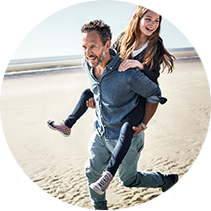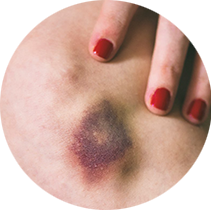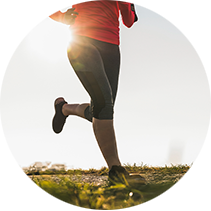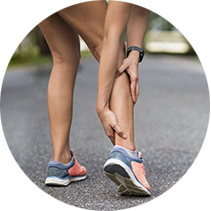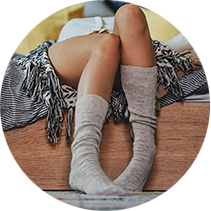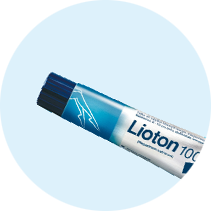Have your legs started showing visible veins?
Those might be varicose veins. And they might give you some leg trouble. Find out why that is, and how you can reduce the pains and aches that can accompany them.
Content
Varicose veins – what are they? Symptoms
Varicose veins are the kind of veins you do not want: twisted, swollen and enlarged visible veins, mostly bluish-red. Unfortunately, they are a common condition, mostly appearing on your legs and feet. In most cases they do not need treatment for health reasons. But if swelling aching and painful legs are bothersome symptoms, there are some things you can do.
Symptoms can include:
- Bulging and twisted veins
- Dark purple or blue veins
- Swelling in your lower legs
- Swollen ankles
- Aching or heavy legs
Always consult a doctor for diagnosis and treatment.
Causes of Varicose Veins: Why Do They Appear on Your Legs?
Varicose veins are a common condition caused by weak or damaged valves and can happen whenever blood pressure increases in your veins. How so? All of your veins have walls and one-way valves. They open and close to keep your blood flowing towards your heart. When these walls or small valves in your veins become stretched or too weak or are damaged through too much pressure, this causes the blood to pool in your veins. In some cases, even to flow backward. Those veins may then enlarge.
Because the veins furthest from the heart are most often affected – as gravity makes it harder for blood to flow back to the heart – varicose veins will show up on legs.
A mild variation of varicose veins are spider veins. They are smaller and show up closer to the skin’s surface, often red or blue.
Varicose veins can be linked to some more serious health issues, such as phlebitis, This is what happens if one of the varicose veins becomes inflamed.
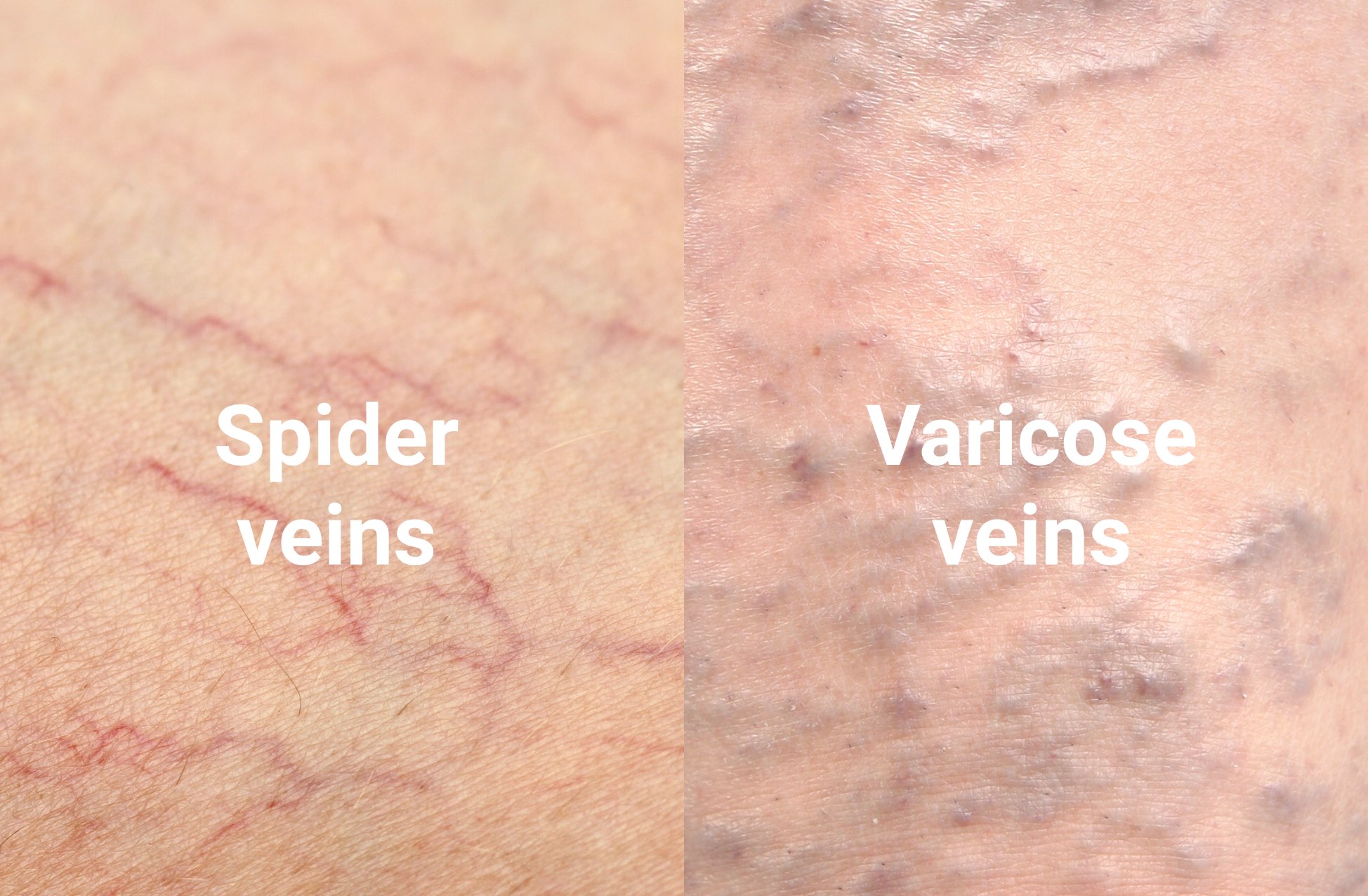

Varicose Veins – What Are Some Risk Factors of Getting Them?
Are you worried you might be prone to getting varicose veins? Here are some of the factors that might predispose you:
- Age – the risk of getting varicose veins increases the older you get
- Gender – women are more affected than men, as female hormones can relax the vein walls
- Being overweight or obese – because that puts more pressure on your veins
- An inactive lifestyle – with sitting or standing for longer periods, as that does not allow your blood to flow as well
- Pregnancy – due to hormonal changes and increased blood volume in your body
- Your family history – if there are varicose veins in your family
Varicose Veins: What you can do about them
There are some factors that you cannot influence, such as a family predisposition or your age (see above). But the good news is: living a healthy lifestyle can help a lot in both prevention and treatment of the discomfort of varicose veins and its complications, such as phlebitis. This can reduce your risk of developing varicose veins – or getting additional ones.
Remember: The same measures you can take to treat the discomfort of varicose veins at home are the same that will prevent them.
You should always seek medical consultation for diagnosis and to discuss treatment measures, especially if your condition gets worse.
Always consult a doctor for diagnosis and treatment.
Our 5 Tips for Varicose Veins:
- Regular exercise – get moving! Moderate exercise, for example walking, is especially suited to encourage blood circulation in your legs. See our exercises for healthy legs here
- Avoid sitting or standing for longer periods of time. Both put a lot of pressure on your veins.
- Watch your weight and what you eat. The less pounds your legs have to carry, the less pressure on your veins. Follow a healthy diet. Extra tip: Reducing salt can help prevent edema and water retention in your legs and ankles.
- Elevate your legs – give them a few short breaks every now and then by resting them on several pillows so that your legs are above the level of your heart. This is not only comfortable, but will improve your blood circulation.
- Wear comfortable clothes – and skip the high heels. Sorry: but flat shoes work your calf muscles more. Also, avoid clothes that are too tight, because they will restrict blood flow.
In general, maintaining good circulation through a healthy lifestyle with lots of exercise is the best prevention of varicose veins.
Therefore, also read our tips/article on blood circulation, and check out or Legxercise video here.
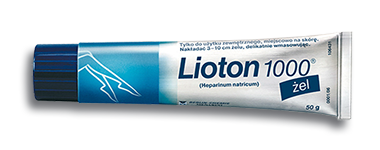
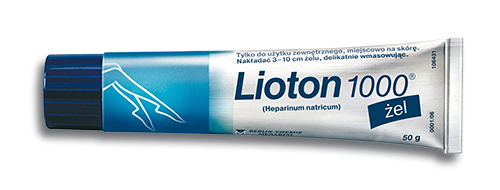
LIOTON. FOR THE HEALTH AND COMFORT OF YOUR LEGS
The application of a heparin Gel such as Lioton® 1000 can help you
alleviate some of the symptoms of varicose veins – so that you can stay
up on your feet and get on with your active life.
Always talk to your doctor or pharmacist before using Lioton.
Good to know:
Lioton® 1000 Gel contains the active ingredient heparin. Heparin can help reduce the symptoms of superficial venous insufficiency by improving microcirculation and reducing the pain and swelling that comes with varicose veins with its fast mechanism of action.
Always ask your doctor or pharmacist before using Lioton® 1000 Gel.
Related topics
HOW LIOTON® 1000 GEL WORKS IN SUPERFICIAL VENOUS DISEASES
Have you ever wondered how our veins support us every day, how they work and how they become weak? This video will give you a quick overview and will also show you how Lioton® 1000 works to help your veins.

